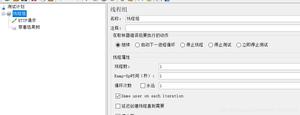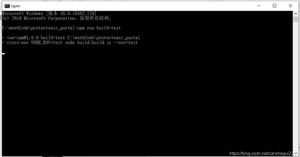如何抑制或捕获subprocess.run()的输出?
从文档中的示例subprocess.run()来看,似乎不应该有任何输出
subprocess.run(["ls", "-l"]) # doesn't capture output但是,当我在python shell中尝试时,列表会被打印出来。我想知道这是否是默认行为,以及如何抑制的输出run()。
回答:
这是按清洁度递减的顺序 抑制 输出的方法。他们假设您使用的是Python 3。
您可以重定向到特殊
subprocess.DEVNULL目标。import subprocess
subprocess.run([‘ls’, ‘-l’], stdout=subprocess.DEVNULL)
The above only redirects stdout…
this will also redirect stderr to /dev/null as well
subprocess.run([‘ls’, ‘-l’], stdout=subprocess.DEVNULL, stderr=subprocess.DEVNULL)
Alternatively, you can merge stderr and stdout streams and redirect
the one stream to /dev/null
subprocess.run([‘ls’, ‘-l’], stdout=subprocess.DEVNULL, stderr=subprocess.STDOUT)
如果要使用完全手动的方法,可以
/dev/null自己打开文件句柄来重定向到。其他所有内容都与方法1相同。import os
import subprocess
with open(os.devnull, ‘w’) as devnull:
subprocess.run([‘ls’, ‘-l’], stdout=devnull)
以下是按清洁度递减的顺序 捕获 输出(以供以后使用或解析)的方法。他们假设您使用的是Python 3。
如果您只是想同时捕获STDOUT和STDERR,并且您使用的是Python> = 3.7,请使用
capture_output=True。import subprocess
result = subprocess.run([‘ls’, ‘-l’], capture_output=True)
print(result.stdout)
print(result.stderr)
您可以用来
subprocess.PIPE独立捕获STDOUT和STDERR。这 确实 对Python版本<3.7,如Python 3.6的工作。import subprocess
result = subprocess.run([‘ls’, ‘-l’], stdout=subprocess.PIPE)
print(result.stdout)
To also capture stderr…
result = subprocess.run([‘ls’, ‘-l’], stdout=subprocess.PIPE, stderr=subprocess.PIPE)
print(result.stdout)
print(result.stderr)
To mix stdout and stderr into a single string
result = subprocess.run([‘ls’, ‘-l’], stdout=subprocess.PIPE, stderr=subprocess.STDOUT)
print(result.stdout)
:默认情况下,捕获的输出返回为bytes。如果要捕获为文本(例如str),请使用universal_newlines=True(或在Python>
= 3.7上,使用无限清晰和易于理解的选项text=True-相同,universal_newlines但名称不同)。
以上是 如何抑制或捕获subprocess.run()的输出? 的全部内容, 来源链接: utcz.com/qa/431293.html








